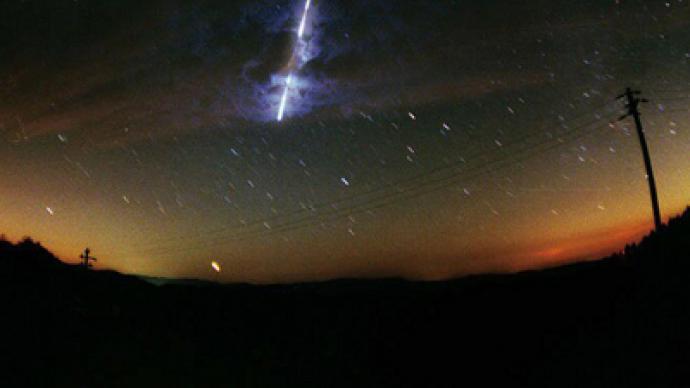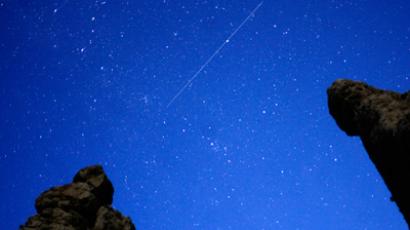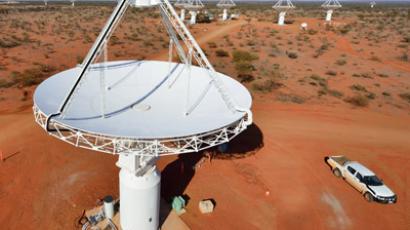Doomsday device: Russian beacon to track menacing asteroid Apophis

Russia’s space agency wants to send a mission to Apophis, the notorious asteroid which may change its course and eventually collide with Earth. It will plant a radio beacon, which will help track the celestial body and assess the risks it poses.
The 300-meter-wide asteroid first made headlines in 2004, when NASA reported that it has 1 chance in 223 of impacting on our planet in 2029. It was even named after the Ancient Egyptian evil god, archenemy of the sun god Ra.But additional observations proved that it will pass by at the small, but safe, distance of some 36,000 kilometers from Earth. The close approach however may result in an unpredictable gravitational pull on Apophis, which would change its course and pose a danger in 2036, when it comes back.To better assess the risks it poses to the civilization the Roscosmos plans a robotic mission to the asteroid, chief Vladimir Popovkin announced on Monday.The plan is “to land a module on the surface of Apophis and set up a radio beacon there, which will work after the spaceship’s lifetime expires,” he said at the Space Research Institute in Moscow.The beacon signal will allow astronomers to better calculate Apophis’ movement and the effect of the 2029 Earth flyby. The mission would not be launched before 2020.Popovkin, who was speaking at a solar system exploration conference, outlined other mid-term plans Roscosmos has. These include a Venus orbiter between 2020 and 2025, which will study the planet’s hot and dense atmosphere. The mission may include a descending probe, although due to the harsh environment it would only work for about one day on the surface.Another target is Jupiter’s moon Ganymede. Roscosmos plans to send a spacecraft there in 2022 and is currently negotiating with its European counterpart ESA, which has a similar project, over a possible closer collaboration.Russia also plans a new Mars mission. Popovkin said launching such a spacecraft is no less important after the embarrassing failure of Fobos-Grunt in November 2011. Now engineers will be able to learn from the mistakes of the original attempt to reach the Martian moon.A more immediate plan is the Luna Glob mission to the Moon scheduled for late 2015. It would include returning a soil sample to Earth and studying it from an orbiter, which would change its altitude from the initial 100 kilometers down to 50 kilometers and later to 500 kilometers. The soil would later be studied for possible extraction of water from it.“We will allocate our main effort and majority of resources to the moon,” Popovkin said.














